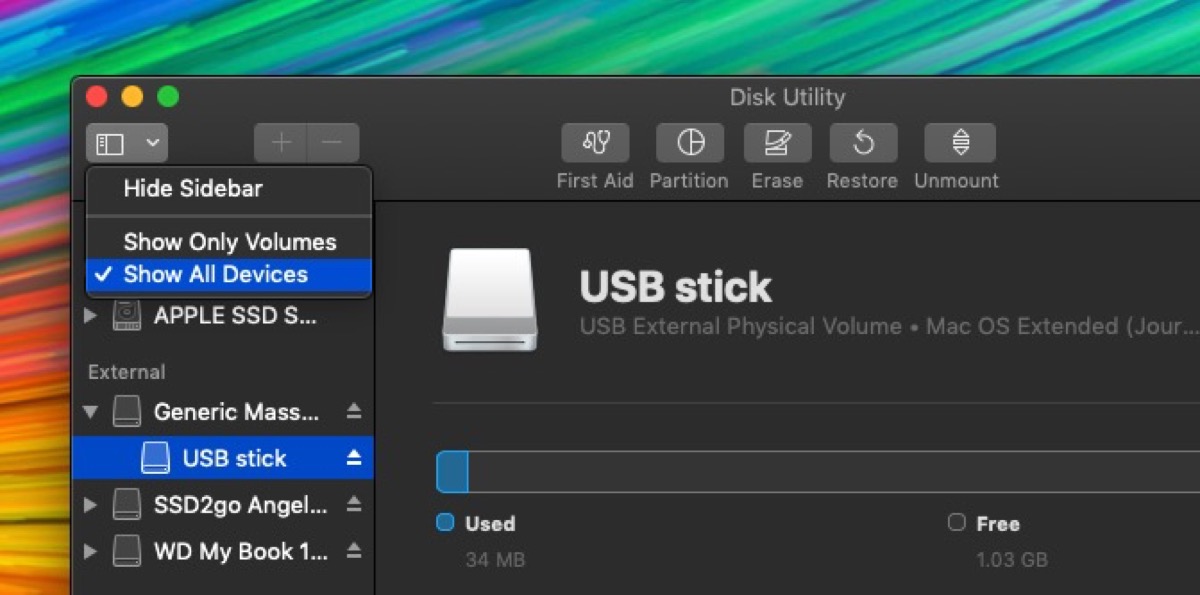

You should also turn on FileVault for additional security, because without FileVault enabled, your encrypted SSDs automatically mount and decrypt when connected to your Mac. Encrypt the entire external hard drive using an encryption system built into your device’s operating system. You can: Encrypt each document individually using document processing programs. This content includes system files, apps, accounts, preferences, music, photos, movies, and documents.Īlways back up your content to a secure external drive or other secure backup location so that you can restore it, if necessary. You have four main options when it comes to encrypting the data on your USB peripherals. Keep in mind that using Finder to encrypt a thumb drive will restrict its usage to macOS. This uses XTS-AES encryption, which is the same type of encryption that the macOS FileVault 2 system uses. The advanced encryption technology integrated into the T2 chip provides line-speed encryption, but it also means that if the portion of the T2 chip containing your encryption keys becomes damaged, you might need to restore the content of your drive from a backup. Use Finder to encrypt USB drives on MacBook As of macOS Mojave, you can easily encrypt and decrypt generic mass storage devices on-the-go using Finder. This encryption is performed with 256-bit keys tied to a unique identifier within the T2 chip. Data on the built-in, solid-state drive (SSD) is encrypted using a hardware-accelerated AES engine built into the T2 chip. Choose your device from the list on the left-hand side.

Insert your drive and transfer any files on it somewhere safe. Mac computers that have the Apple T2 Security Chip integrate security into both software and hardware to provide encrypted-storage capabilities. How to encrypt your flash drive on macOS Similarly to Windows, macOS has built-in encryption software that you can use to password-protect your USB drive.


 0 kommentar(er)
0 kommentar(er)
